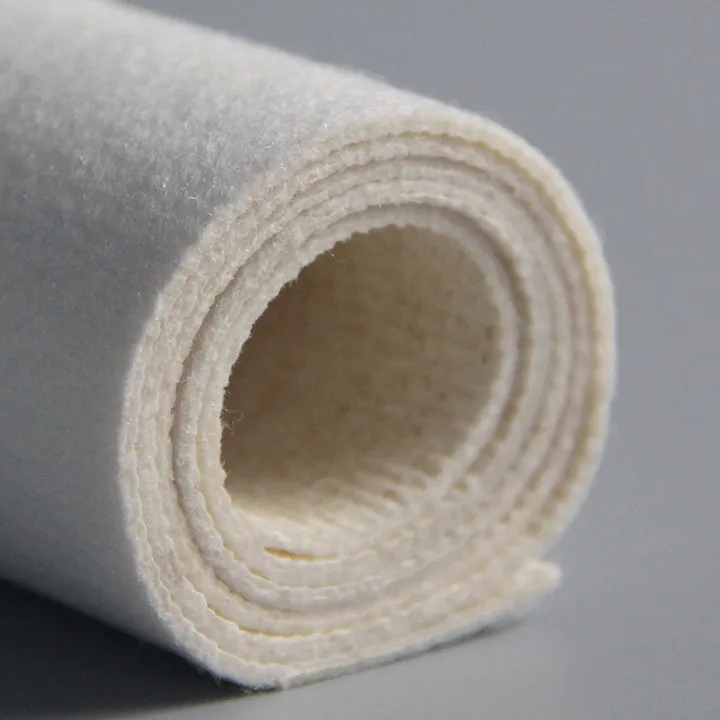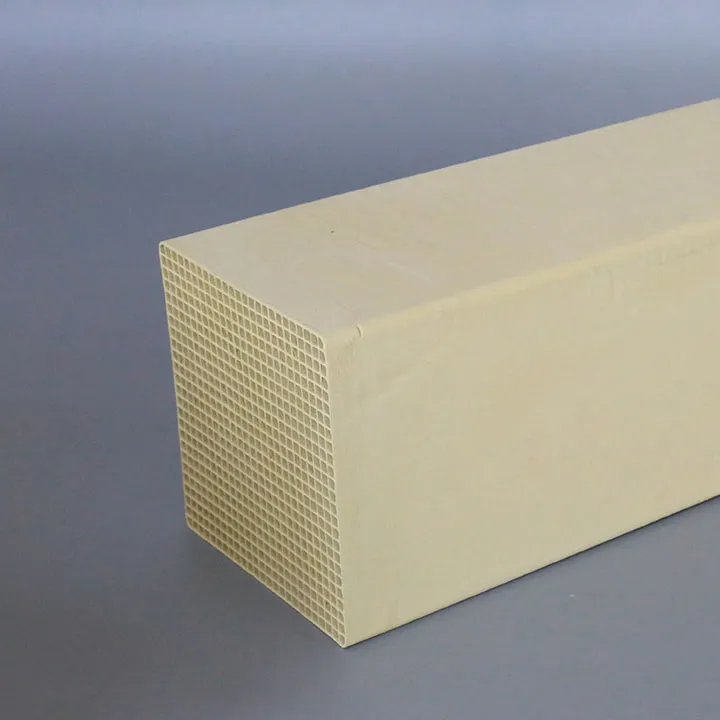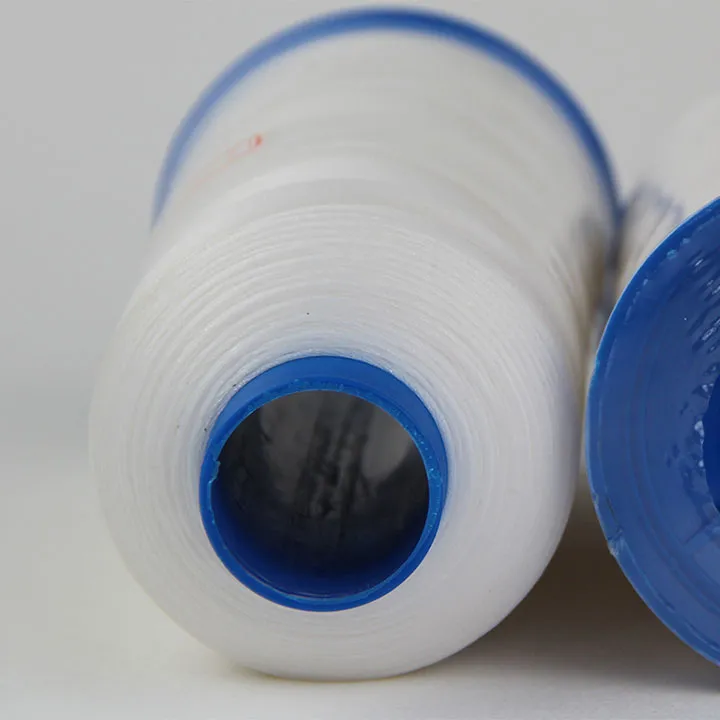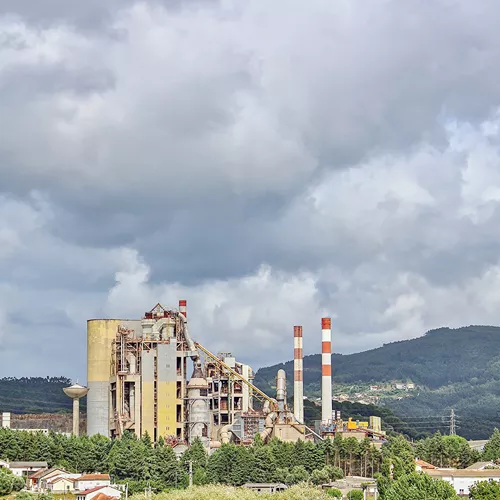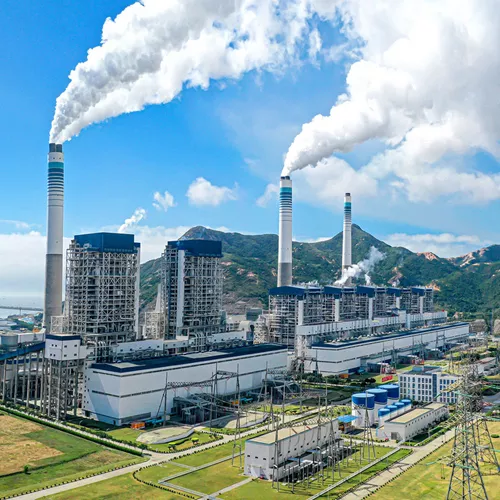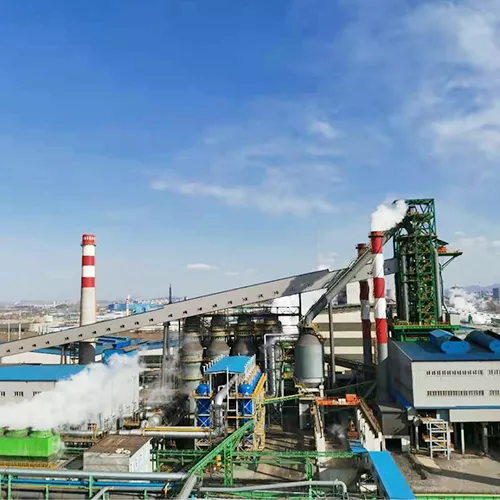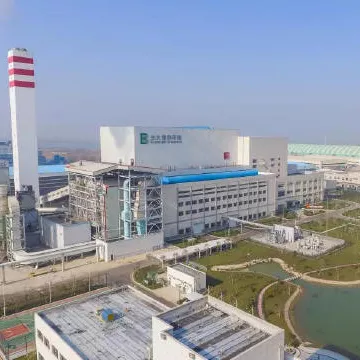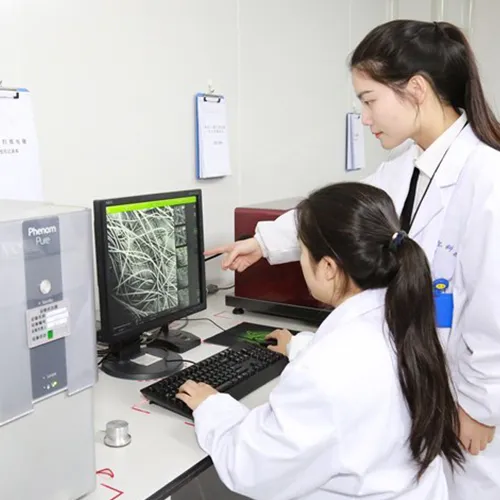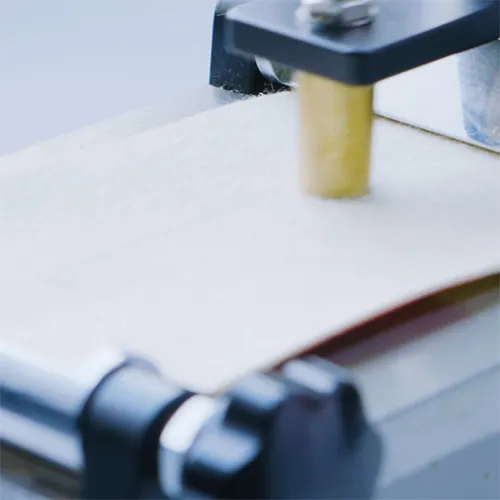How to clean a dust collector filter bag?
Cleaning Methods for Dust Collector Filter Bags
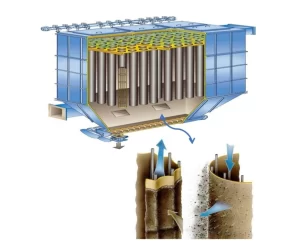
Dust collector filter bags are crucial for capturing harmful pollutants in industrial processes. Maintaining their cleanliness is essential for optimal performance, longevity, and compliance with industry standards. This guide provides a comprehensive overview of various cleaning methods tailored to specific industrial applications.
Mechanical Cleaning
* Suitable for: High dust load, low-medium temperature applications
* Industries: Cement, Steel, Power Generation
Methods
* Shaking: Mechanical shakers violently shake the baghouse, dislodging and sending dust to the hopper.
* Rapping: Air pulses or hammers vibrate the bag surface, releasing dust.
* Jet Pulsing: Compressed air jets create an expansion-collapse cycle, dislodging dust.
View more Dust Collector Filter Bags details.
Thermal Cleaning
* Suitable for: High dust load, low-medium temperature applications
* Industries: Cement, Steel, Power Generation
Methods
* Shaking: Mechanical shakers violently shake the baghouse, dislodging and sending dust to the hopper.
* Rapping: Air pulses or hammers vibrate the bag surface, releasing dust.
* Jet Pulsing: Compressed air jets create an expansion-collapse cycle, dislodging dust.
View more Dust Collector Filter Bags details.
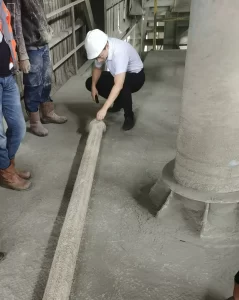
Yuanchen’s technical engineer provide guidance services to customers on site
Chemical Cleaning
* Suitable for: Sticky, oily, or corrosive dust
* Industries: Power Generation, Chemical Processing
Methods
* Chemical Injection: Chemicals react with and dissolve dust, making removal easier.
* Water Flushing: Water sprays onto the bag, washing away dust and buildup.
View more Dust Collector Filter Bags details.
Manual Cleaning
* Suitable for: Small dust collectors, backup to other methods
Methods
* Bag Removal: Filters are manually removed for shaking or compressed air cleaning.
* Washing: Filters are washed using specialized equipment to remove dust and debris.
Specific Cleaning Methods for Different Industries
Cement:
Shaking/rapping with air pulses, reverse airbag cleaning with hot air
Steel:
Jet pulsing with higher air pressures, chemical injection (acid gases), hot gas incineration
Waste Incineration:
Reverse airbag cleaning with hot air, thermal cleaning (e.g., hot gas incineration)
Power Generation:
Jet pulsing, ultrasonic cleaning, chemical injection
Metallurgy:
Shaking/rapping, jet pulsing with higher air pressures, water flushing
Additional Considerations
* Cleaning frequency depends on dust load, operating conditions, and filter type.
* Regular cleaning ensures optimal filtration efficiency and prevents filter damage.
* Proper cleaning methods should align with dust characteristics and industry requirements.
Conclusion
Understanding the different cleaning methods for dust collector filter bags is crucial for maintaining their performance and extending their lifespan. By selecting the appropriate cleaning method based on the specific industry and dust characteristics, you can ensure effective dust removal, compliance with regulations, and a safer work environment.



